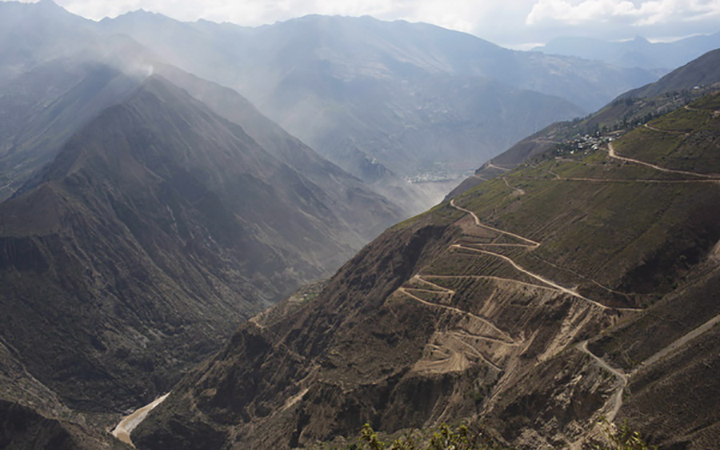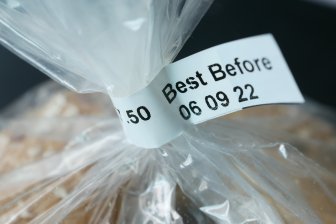LIMA, Peru – Peruvian security forces rescued 54 adults and children, mostly members of the Ashaninka indigenous group, being held captive by Shining Path rebels in a remote jungle region, an official said Saturday.

Anti-terrorism police chief Gen. Jose Baella said that some of the adults were kidnapped between 20 and 30 years ago from Puerto Ocopa and nearby towns back when the rebel movement was still strong.
Baella said the women were used to produce child soldiers for the guerrillas and grow crops for them. The oldest of the 34 children was 14, he said.
READ MORE: Inside the dangerous world of Peru’s expendable cocaine backpackers
The group was rescued by a special force unit comprised of soldiers and police in helicopter-borne missions on Friday and Monday. Members of the group have been reunited with relatives they had not seen for decades.
Baella said none were being immediately presented to the news media. They were receiving medical treatment and being interviewed by prosecutors at the counternarcotics police base in Mazamari.
The rescued group was living in a various camps in thick jungle with a 50-meter canopy in a place called Sector Cinco in Rio Tambo in the province of Pangoa, said Baella.
READ MORE: Peru exhumes more than 100 bodies from 1986 Lurigancho prison massacre
Two young Shining Path deserters who were raised in the camps had led authorities to them and that a total of 70 people have been rescued from such camps in the past year, he said.
Baella said the operation further weakens an already debilitated Shining Path, whose principal funding source is cocaine trafficking and whose numbers analysts estimate at no more than 200 fighters. The group’s last refuge borders Peru’s main cocaine-producing region, the Apurimac, Ene and Mantaro river valley.
Last year, its two top leaders – brothers Victor and Jorge Quispe Palomino – were indicted in the United States on charges including conspiracy to commit narco-terrorism.



Comments